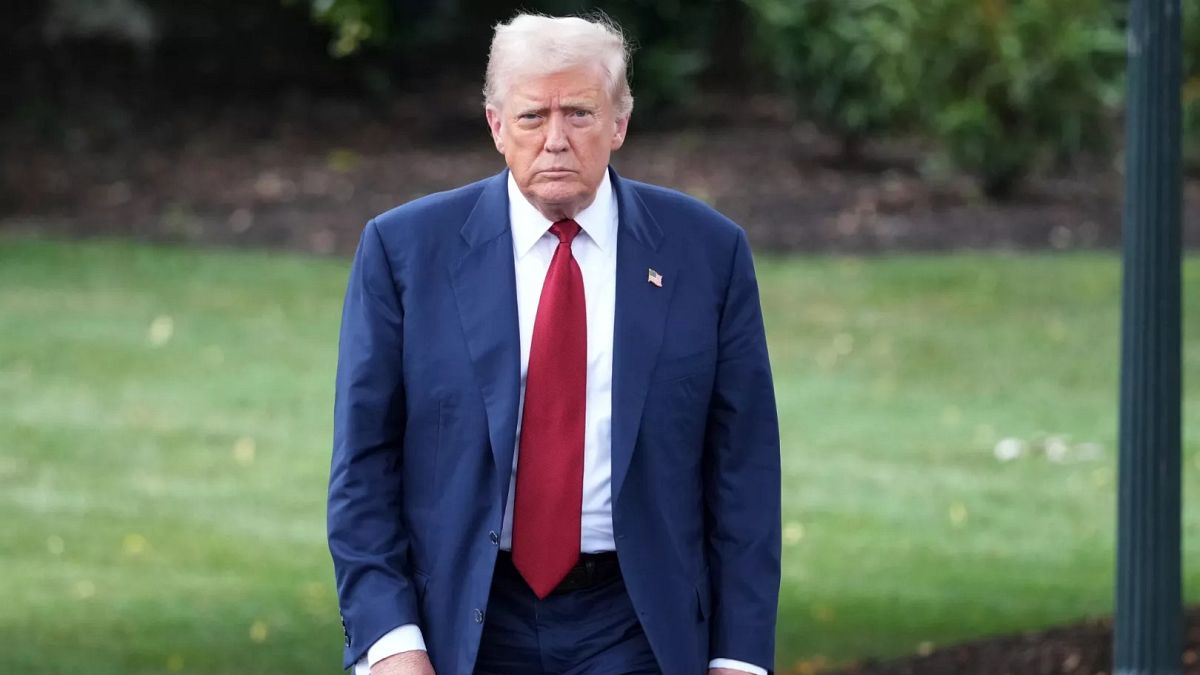

In an era marked by rapid changes in global commerce, the United States has made significant adjustments to its economic and trade policies. The recent dismissal of a top official and evolving tariff measures demonstrate a period of keen focus and recalibration in response to emerging economic signals. In tandem, developments at the executive level and within international trade relations reflect a broader narrative of adaptation and strategic positioning.
Recently, the US experienced a palpable shift in employment dynamics, as indicated by a jobs report that fell short of expectations. This report, which highlighted a mere addition of 73,000 jobs in the previous month and noted a revision indicating 258,000 fewer jobs created in May and June than initially estimated, prompted the dismissal of the head of jobs data management. This development underlines the significance of precise employment data in shaping economic narratives and policy responses.
Simultaneously, the world of trade is witnessing the United States maintain steadfast pressure on its European counterparts. On the trade front, an executive order issued on July 31 reinforced existing tariff structures, emphasizing a 15% levy on various EU products. Car tariffs, however, remain at a considerably higher threshold of 25%, suggesting a strategic focus on pivotal sectors within trade negotiations.
In the realm of technology and commerce, giants like Amazon and Apple have reported robust earnings, showcasing their resilient performance amidst broader industry challenges. Yet, the prevailing tariffs, coupled with competitive pressures from advancements in artificial intelligence, have introduced a note of caution among investors. This scenario reflects a nuanced investment landscape where successes are predicated upon clear strategic advantages and market differentiation.
North of the border, Canadian trade relations are similarly entwined with the shifting US tariff policies. Canada’s trade minister recently departed Washington after discussions stalled, signaling ongoing deliberations and the complexities inherent in modern trade negotiations. Plans to re-engage with US officials in the coming week display an ongoing commitment to finding common ground despite current hurdles.
Throughout these economic developments, businesses and corporate leaders navigate an environment marked by uncertainty and improvement alike. With tariff announcements catching many by surprise, corporations seek clarity and stability in trade agreements that underpin international partnerships and domestic confidence. The blend of expectation and adaptation fuels a landscape of cautious optimism, urging stakeholders to adjust strategies and embrace evolving market realities.
As the global economic sphere continues to evolve, these interconnected events serve as a reminder of the intricate balance between national priorities and global collaboration. While challenges persist, growth and adaptation are ever-present themes guiding the pursuit of prosperity in a complex economic environment.
Source: {link}
